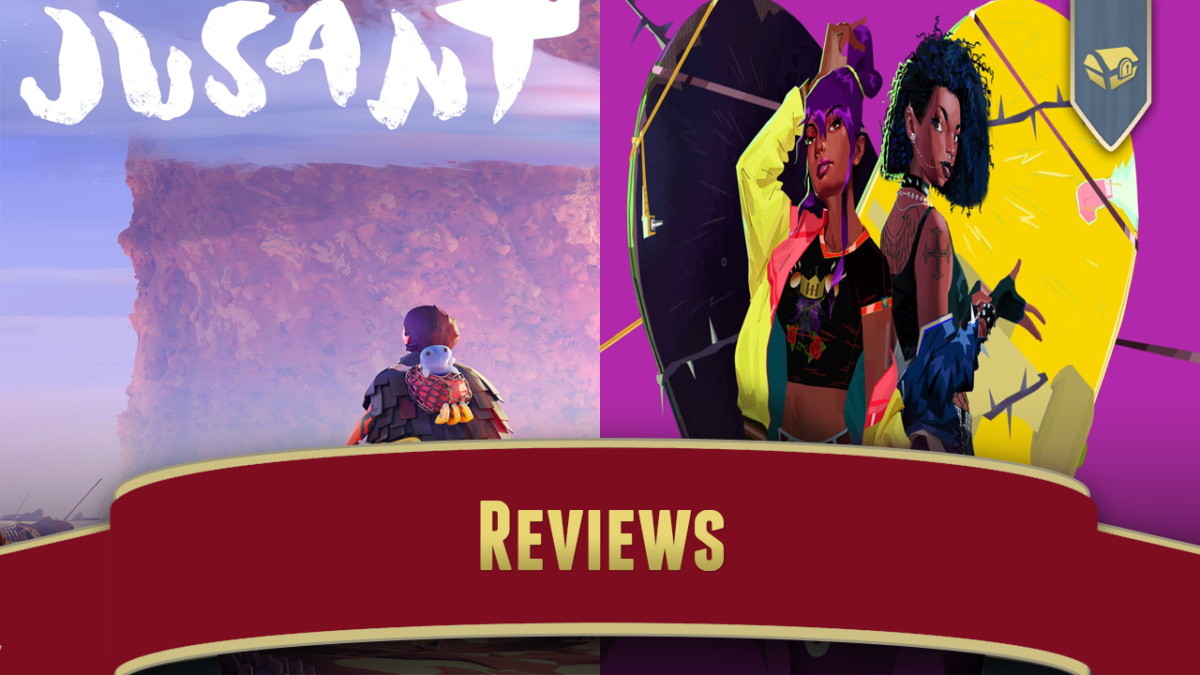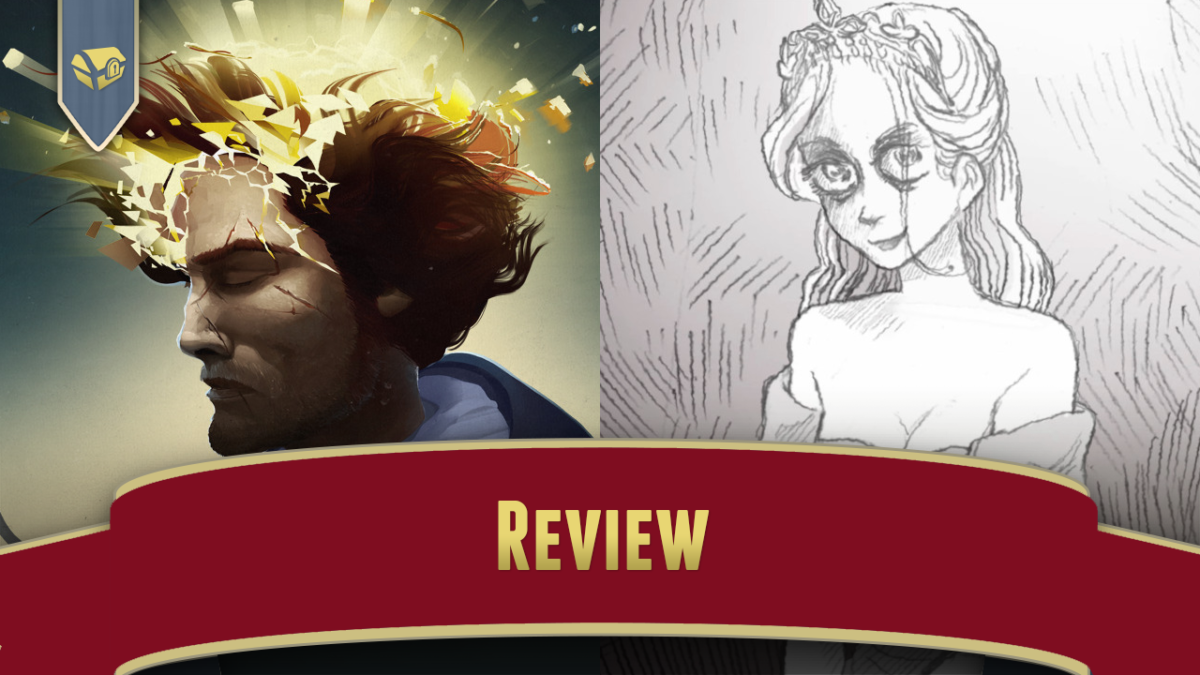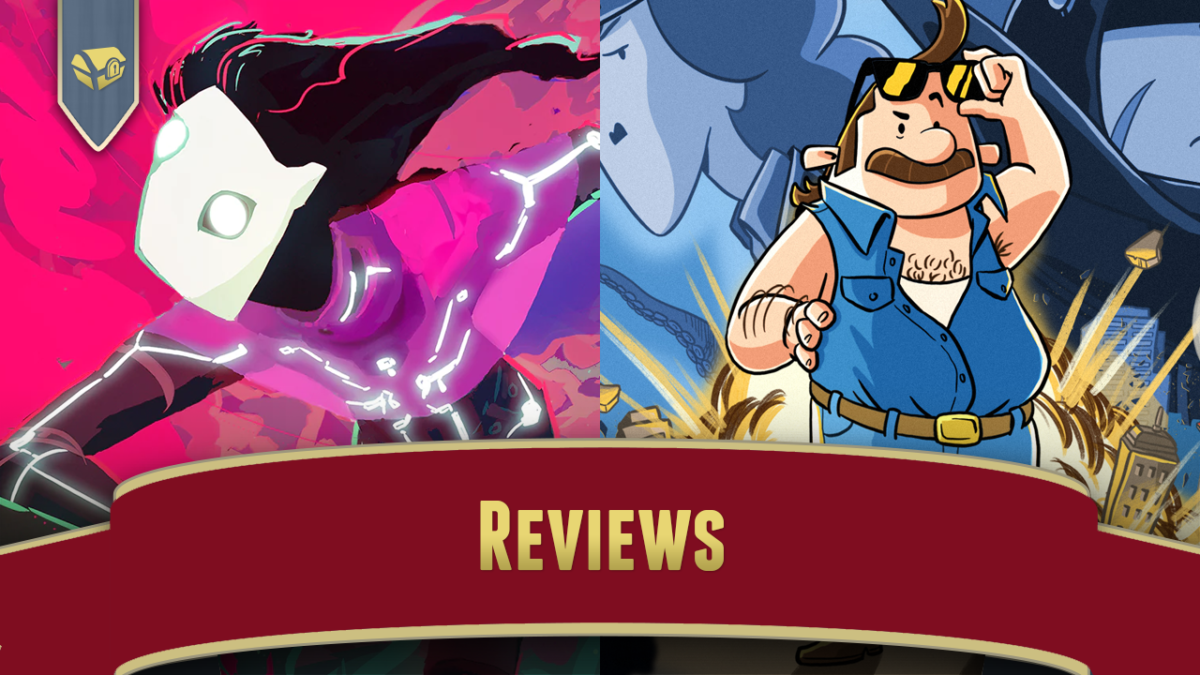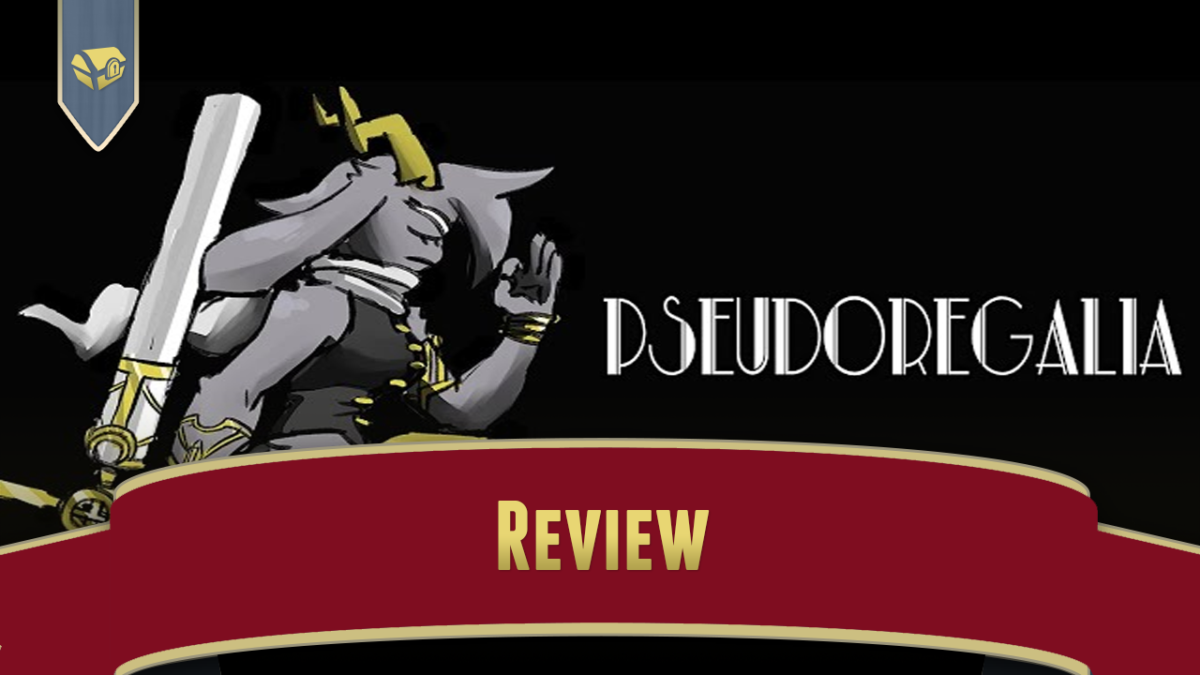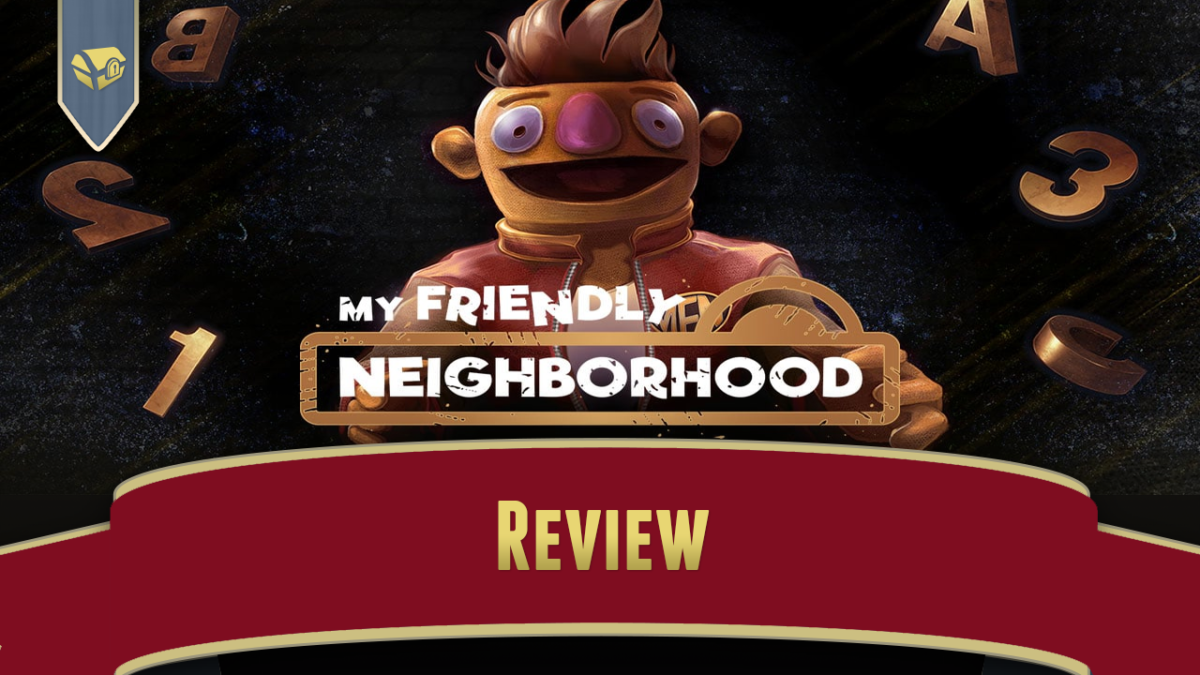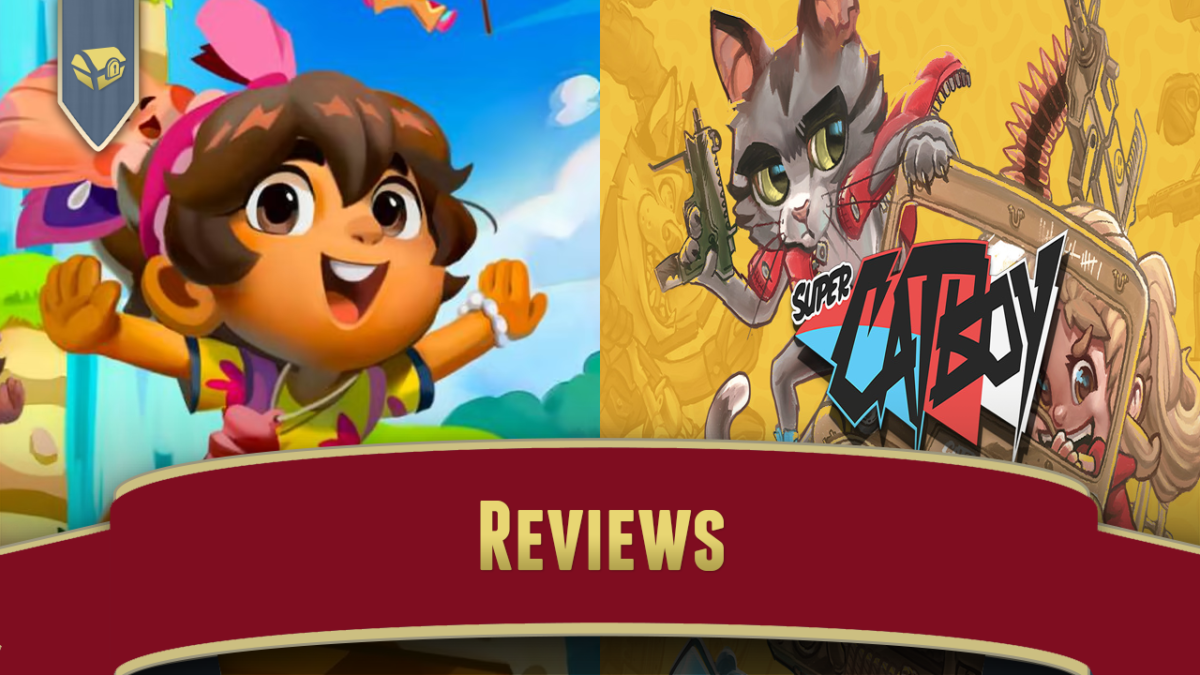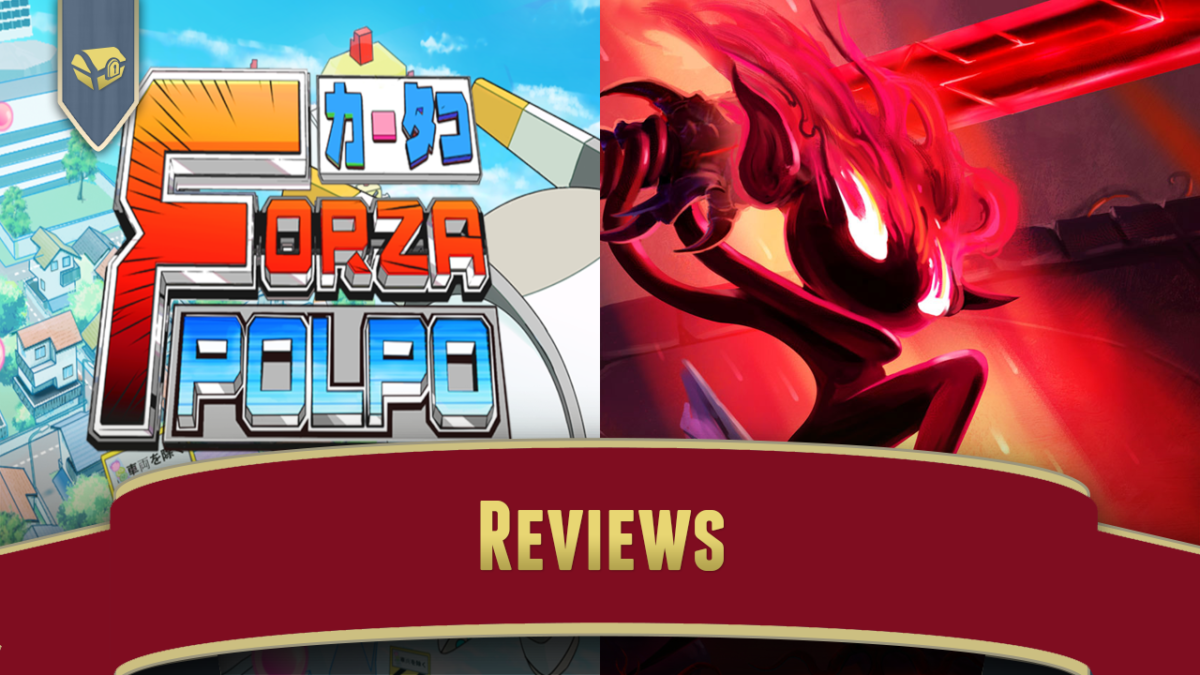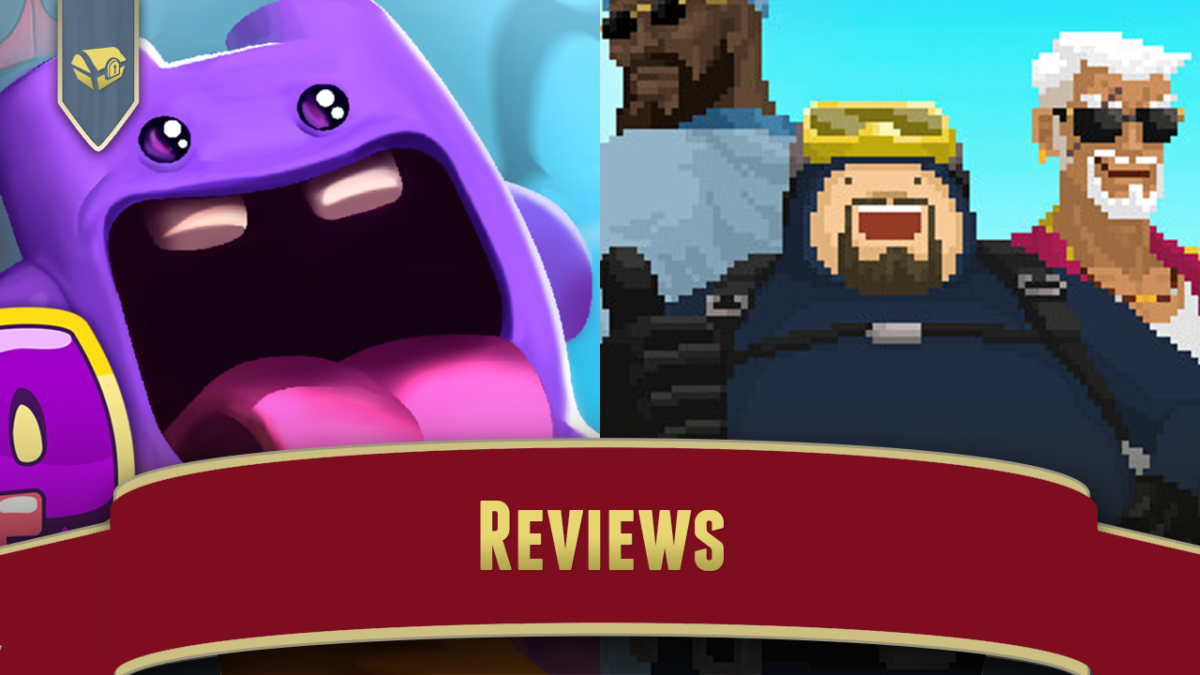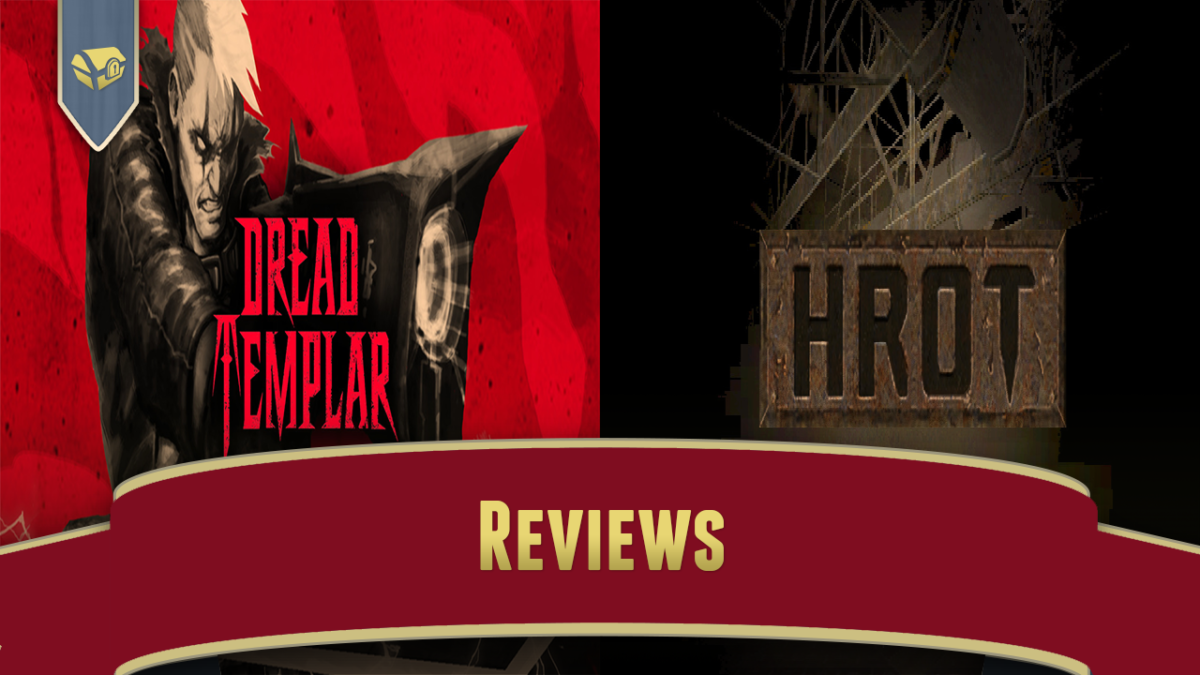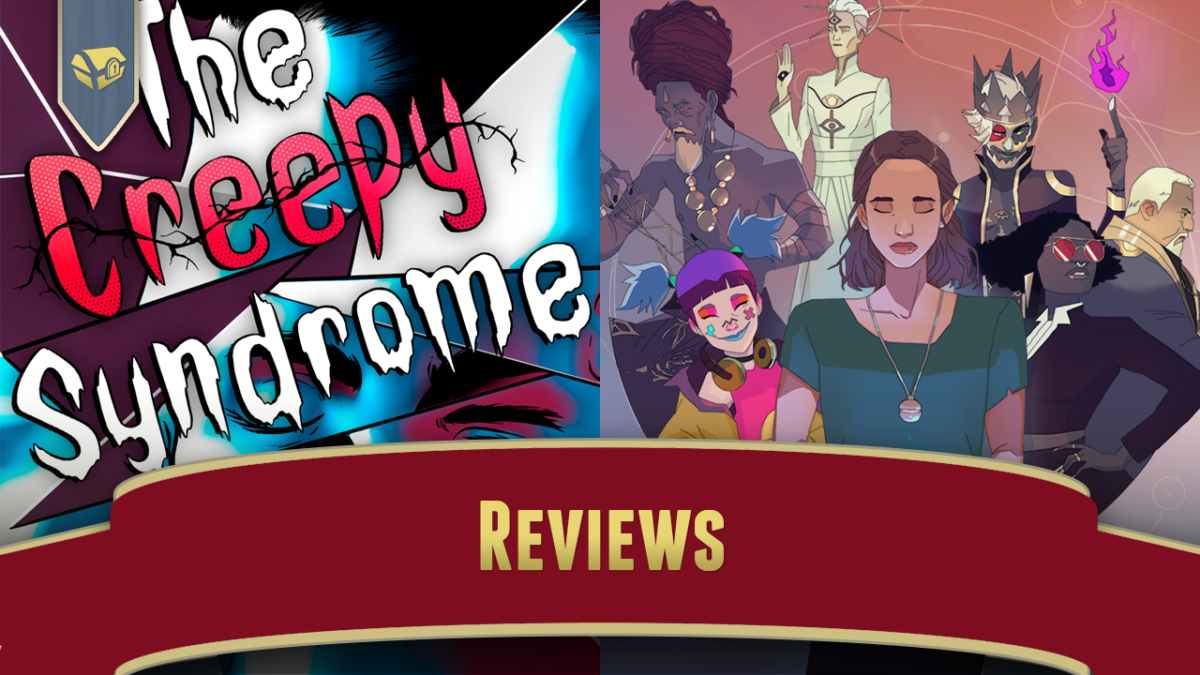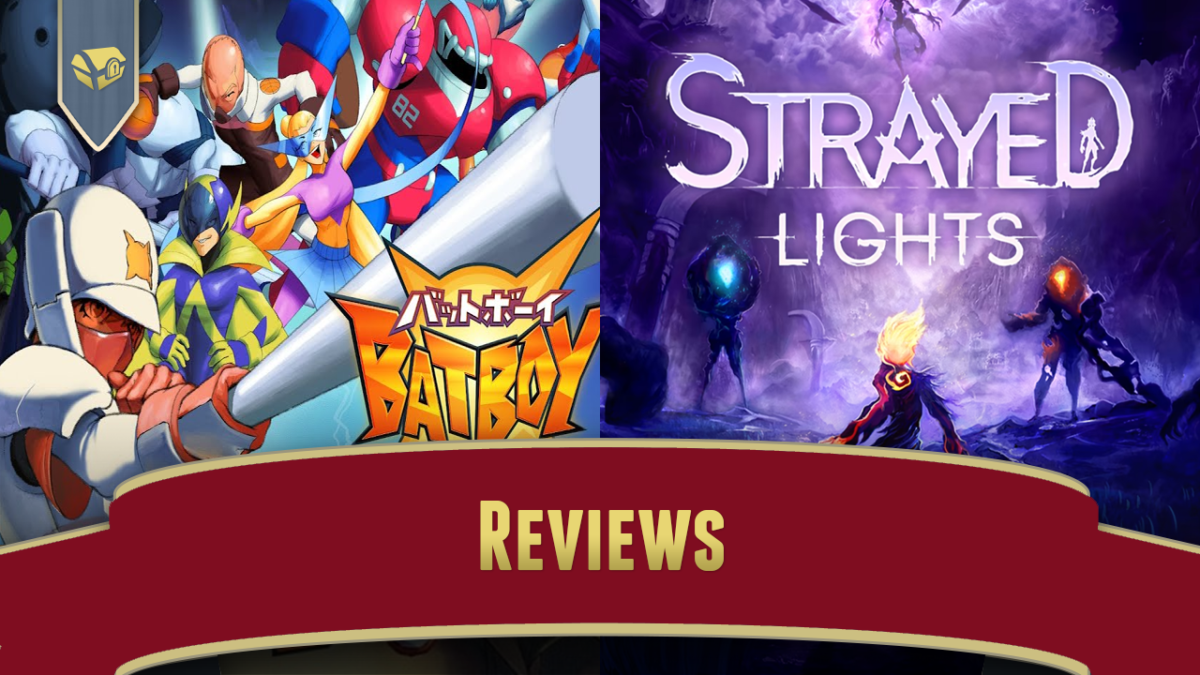This is a double review of the games Jusant and Thirsty Suitors played with a press key and retail key respectively.
0:00 Intro
00:22 Jusant
3:27 Thirsty Suitors
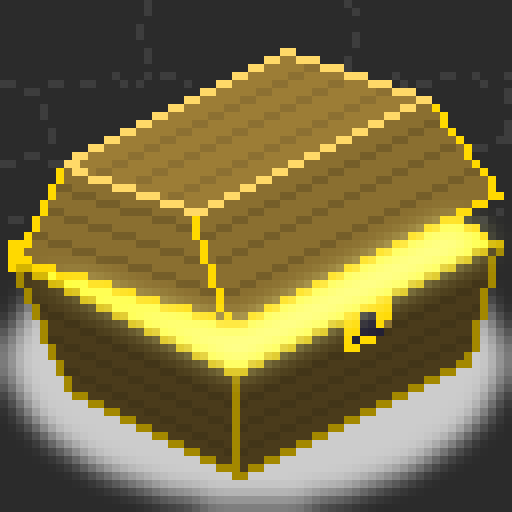
Owner of Game Wisdom with more than a decade of experience writing and talking about game design and the industry. I’m also the author of the “Game Design Deep Dive” series and “20 Essential Games to Study”

